Nevada Might Be Next With 85 MPH Speed Limit

Travel times might be reduced soon in parts of Nevada if a new bill proposing an 85 mph speed limit becomes law.
On Monday, Nevada State Senator Don Gustavson introduced the bill, saying it would pave he way for a speed people driving in rural Nevava “are already doing out there anyway.” The top speed on Nevada’s rural highways is currently 70 mph, or 75 mph on interstates. Utah and Texas are currently the only two states with limited over 75 mph.
SEE ALSO: Texas Toll Road Gets 85 MPH Speed Limit
“Utah’s statistics show that the fatality rates in those areas with higher speed limits have actually gone down,” he told the Los Angeles Times. They thought that once it went up, the death toll would go with it. But the average speed under the lower limit was 82 before, and now it’s 85.”
Texas decided to raise its speed limit to 85 mph, albeit on a toll road while lowering the limit on neighboring roads to 55 mph.
[Source: LA Times]

Luke is an energetic automotive journalist who spends his time covering industry news and crawling the internet for the latest breaking story. When he isn't in the office, Luke can be found obsessively browsing used car listings, drinking scotch at his favorite bar and dreaming of what to drive next, though the list grows a lot faster than his bank account. He's always on <A title="@lukevandezande on Twitter" href="http://twitter.com/lukevandezande">Twitter</A> looking for a good car conversation. Find Luke on <A title="@lukevandezande on Twitter" href="http://twitter.com/lukevandezande">Twitter</A> and <A title="Luke on Google+" href="http://plus.google.com/112531385961538774338?rel=author">Google+</A>.
More by Luke Vandezande



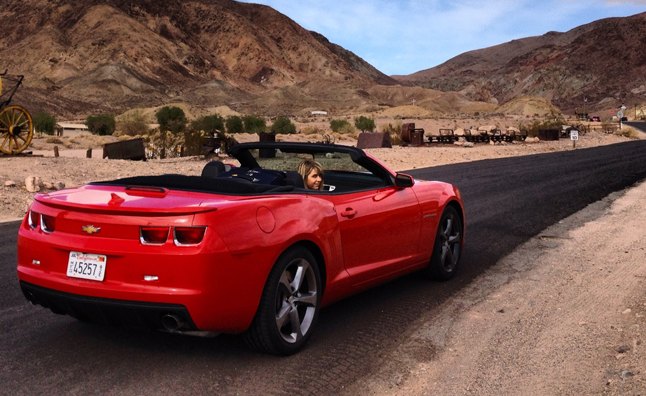













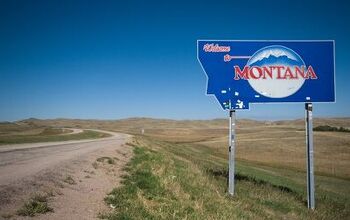
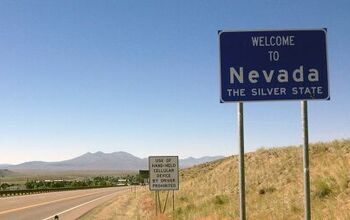








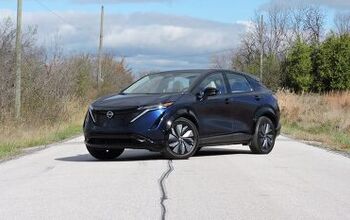

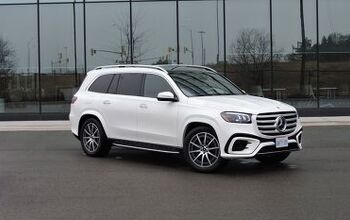


Comments
Join the conversation
To the Editor: With several states increasing speed limits recently, there has predictably been a fair amount of discussion and debate on the topic, much of it laced with uninformed claims and silly clichs like speed kills. Like the lies of a politician, most of these claims contain just enough truth, logic or emotional appeal to fool many people into listening. There are bigger issues to tackle in this world, but this is one of the few laws that touch the life of nearly every citizen every day. Most of us will never be charged with breaking a law, except on the road. We complain about various forms of government ineptitude, but we actually feel it on a daily basis when we get in our cars and drive on roads with under-posted speed limits. What a shame and what a great opportunity for politicians to get some easy points with citizens by simply requiring that speed limits be based on sound traffic engineering principles as they once were before the much-hated 55 limit came along forty or so years ago. Studies have long shown that speed limits have little effect on how fast people actually drive on open roads and any traffic engineer, and many state police departments, will explain that 85th percentile speeds are the proper way to set limits. This is the maximum speed at which 85% of traffic actually flows when unencumbered. A quick internet search will show that this is widely accepted as the best way to set speed limits. The National Motorists Association, the Michigan State Police and the Louisiana State Police are among those that pop up in a web search. So if people drive fast anyway, why waste money changing the signs? Good question, but there are some important reasons. Artificially low limits do not slow down the faster traffic but do cause several types of dysfunction which make the roads more dangerous, for example: Speed Variance: slower traffic will tend to flow at or near the posted limit. When limits are too low, the speed differential between the fastest and slowest traffic increases. This is a leading cause of road rage, particularly when slower traffic does not keep right and yield to faster traffic. Distracted Drivers: people multi-task when driving does not demand their full attention. Dumbed down limits tend to increase distracting activities further contributing to impaired drivers and road rage as slower traffic lumbers along in the passing lane chit-chatting on the phone, too busy to notice someone wants to pass. Increased Use of Less-Safe Roads: when a shorter or cheaper two-lane route carries the same speed limit as an interstate highway fatalities can go up simply because people are not motivate to use the safer roads which sometimes carry tolls and are often less direct (but faster if speed limits allow it). Punitive Speeding Penalties: some states, like Georgia and Illinois, have instituted so-called "super-speeder laws. For going 30 over the limit a person can go to prison in Illinois. Most of metro Chicago is still posted at 55, so 30 over the limit is not unusual when the roads are clear. Most reasonable people would agree that 85 is not such an unreasonable speed, in modern cars in clear daytime weather, that offenders should go to jail. These same roads were posted at 65 or 70 forty years ago when cars were junk wagons compared to modern vehicles with anti-lock brakes, stability control, etc. Before 55, Nevada and Montana had no daytime speed limit at all. Loss of Respect for All Traffic Laws: when limits are set at 55/65 on interstates, the government inadvertently teaches its citizenry that it is clueless about establishing proper traffic laws. This then leads drivers to disregard limits on roadways where 55/65 may be an appropriate speedincluding construction zones, etc. Waste of Resources on Tickets and Processing: in a busy world and an age of runaway government costs why bother will all the ticketing and processing costs unless it is necessary to make the roads safe (and its not). So why do we still have crazy-low speed limits on our interstates nearly 20 years after the national speed limit was finally lifted? Two big reasons: Insurers: insurance companies like low speed limits which trigger more violations. The insurance surcharges (for points on license) are the primary reason that P&C insurance companies push to keep limits low it enables them to charge higher rates without higher risk its all profit. This is true of AAA as well. AAA is an insurance company pretending to be a motor club and is perhaps the motoring publics most formidable foe. Bureaucracy: during the 55 years states lost federal highway funds if they did not enforce the law that even police hated and laughed at. As a result, more troopers were hired and infrastructure was added to process all the tickets. Now, we have a bloated bureaucracy trying to preserve itself and which gladly teams up with the insurance lobby to harass and oppress motorists. Some have cited the fact that fatalities dropped when limits were reduced from 75 to 55 forty or so years ago. While true, they never seem to mention the fact that limits continued to steadily drop when limits started going back up. States which have increased limits, by and large, have experienced declines in fatality rates because of reduced speed variance and road rage as well as diversion of traffic onto safer (and faster) roads. The fatality rate even decreased in Montana which for some years had no daytime limit following the end of the 55mph national speed limit in 1995. One last point should not be overlooked - traffic congestion increases when speeds are lower. Heavy traffic can only move as fast as the slowest car and the slowest car will be going the speed limit. Like water through a hose, you can increase the flow rate by using a bigger hose or by increasing the flow rate. Slow down the flow of the main line and all the feeders back up. Lower limits mean more gridlock. Higher limits allow us to get more efficiency out of our existing infrastructure reducing the need to widen roads. Artificially low limits have nothing to do with safety. They are about politics and enrichment of insurers. Please tell the elected representatives that you want limits to be set based on the 85th percentile rule, especially on interstate highways. Steve Doner Former Illinois State Chapter Coordinator National Motorists Association